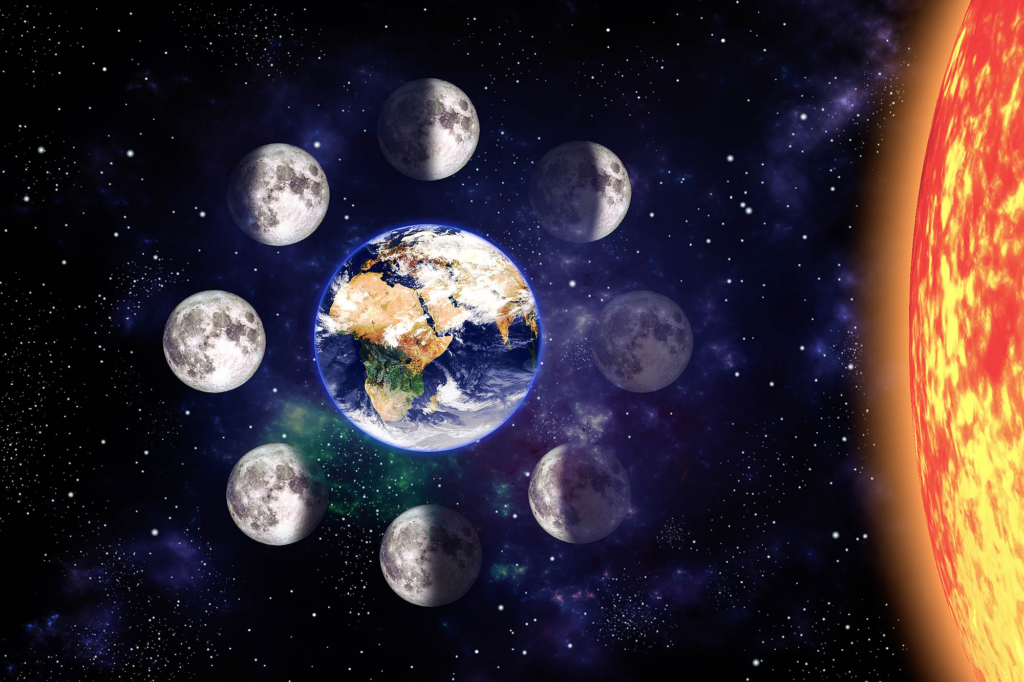The Moon was closer when days were shorter. The Moon is using rotational energy to rise higher. New study reveals the effect was more significant than expected.
Scientists found that over a billion years, the Sun and Moon’s tidal forces balanced, making days 19 hours long. Scientists understood that as the Moon travels away from the Earth, days grew longer, but they thought it was a sluggish process.
Nature Geoscience reported the findings. “Over time, the Moon has stolen Earth’s rotational energy to boost it into a higher orbit farther from Earth,” explains research lead author Ross Mitchell. Older models predicted a progressive drop in day duration into the planet’s distant history, but the researchers found none.

One billion years ago Earth had 19-hour days.
Measurements of tidal records in sedimentary mud flats are used to estimate day duration in the past. Scientists estimate prior days by counting sedimentary layers each month due to tidal oscillations.
Cyclostratigraphy, which is caused by Milankovitch cycles, was utilised by the researchers. Shorter Milankovitch cycles accompanied shorter days.
Earth has more than lunar tides. Solar tides are caused by midday solar heating of the atmosphere. Solar tides rotate Earth faster than lunar tides. In the past, the Sun and Moon balanced Earth’s day length through tidal resonance.
New evidence shows that Earth’s day duration flatlined between two and one billion years ago. The date matches the two highest atmospheric oxygen increases. The data support the idea that photosynthetic bacteria needed longer days to boost atmospheric oxygen to current levels.
